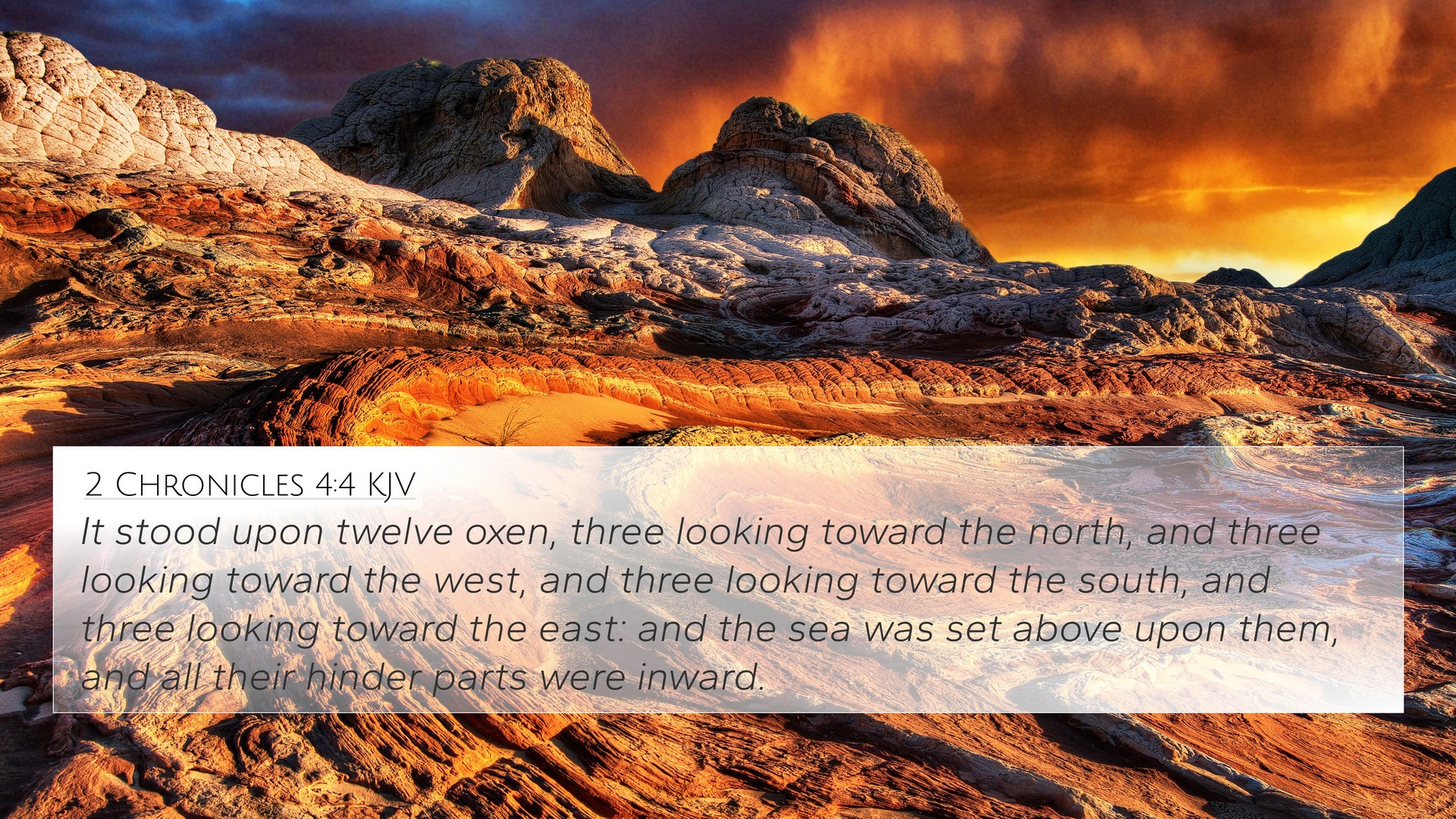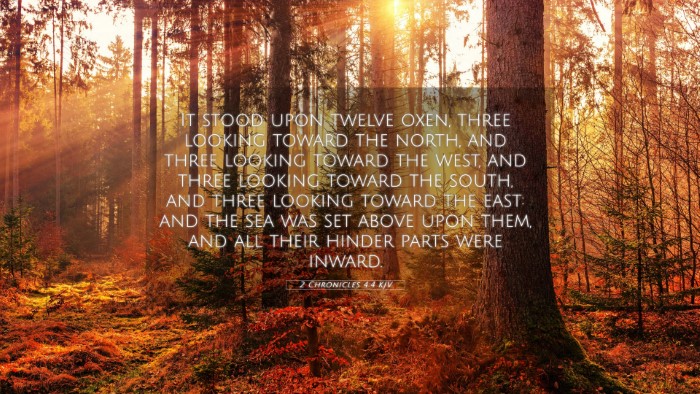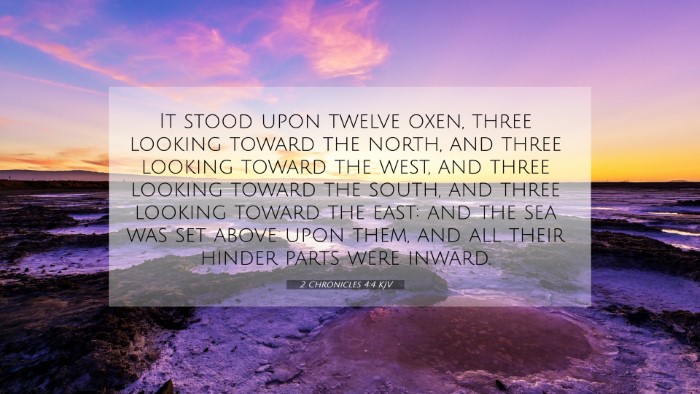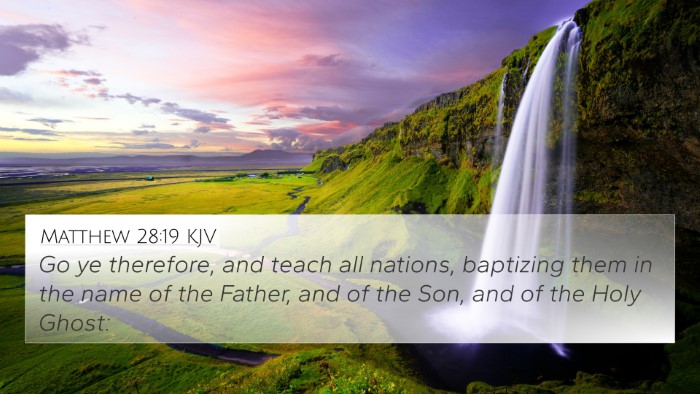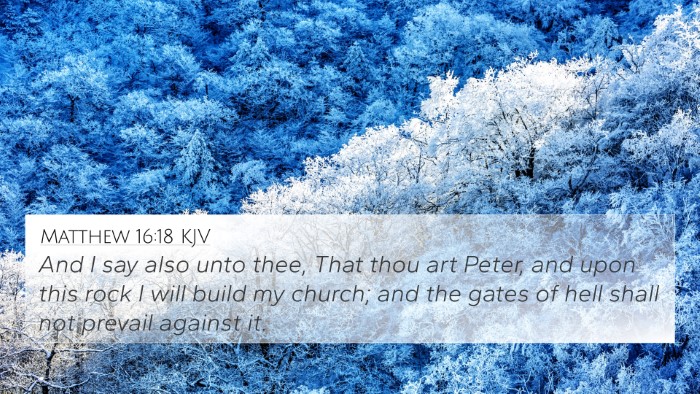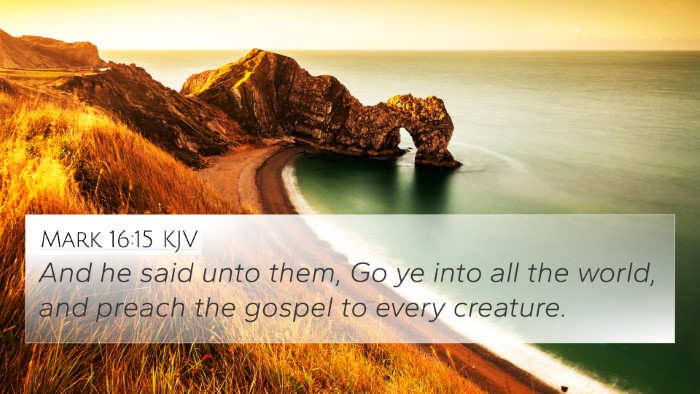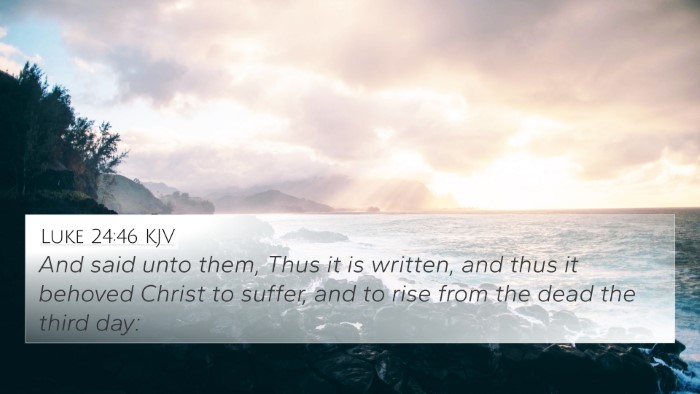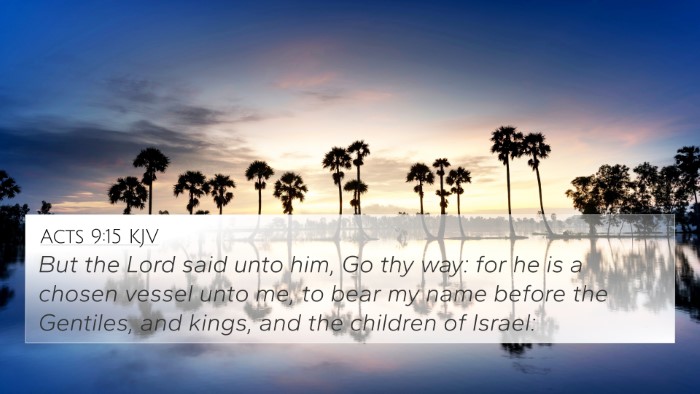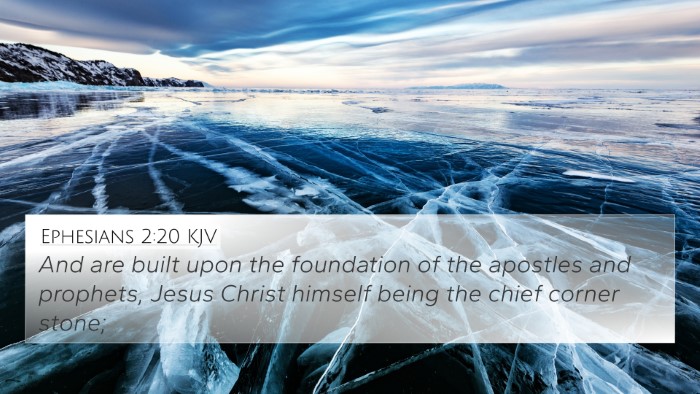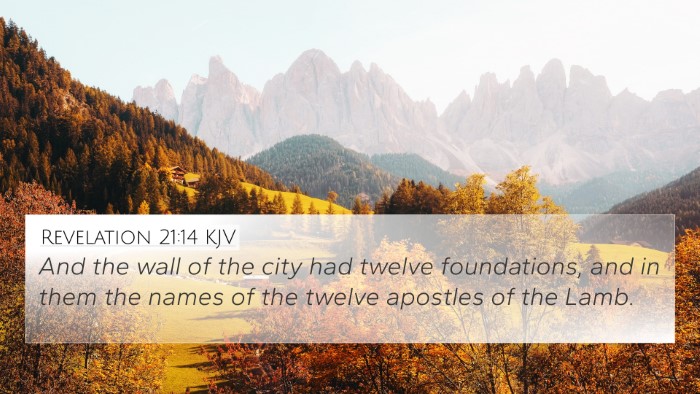Meaning of 2 Chronicles 4:4
Verse Summary: 2 Chronicles 4:4 states, "And the sea was set upon twelve oxen, three looking toward the north, and three looking toward the west, and three looking toward the south, and three looking toward the east: and the sea was set above upon them, and all their hinder parts were inward." This verse describes the construction of the large basin (referred to as "the sea") that was part of Solomon’s temple.
Interpretation and Insights
This verse, while specific in its architectural details, embodies various spiritual and theological significances. Drawing from the works of Matthew Henry, Albert Barnes, and Adam Clarke, we can extract several layers of understanding.
- Divine Providence: The passage emphasizes God's provision in constructing the temple, showcasing His overarching plan and guidance in ancient Israel’s worship practices.
- Symbolism of the Sea: The large basin, or "sea," symbolizes both the vastness of God's grace and the cleansing power necessary for the purification rituals in the temple.
- Covenant Community: The twelve oxen represent the twelve tribes of Israel, demonstrating the unity and collective identity of God’s chosen people.
- Directionality: The orientation of the oxen—facing each cardinal direction—could signify God's omnipresence and the idea that worship and recognition of God transcend geographical boundaries.
Thematic Connections
The themes found in 2 Chronicles 4:4 resonate throughout Scripture. Below are vital interconnections with other biblical texts:
- Exodus 30:18: Both passages discuss the importance of large basins, emphasizing the necessity of ceremonial washings in the tabernacle.
- 1 Kings 7:23-26: A parallel passage that elaborates on the specific measurements and uses of the "sea," highlighting construction details that affirm God's meticulous nature in worship.
- Psalms 104:5-6: This psalm reflects upon the Lord’s creation and care for the earth, linking to the sacred symbols set within His temple.
- John 3:5: The connection between water’s purifying nature in the old covenant and the new birth through water and Spirit in the new covenant.
- Ephesians 5:26: This verse reinforces the cleansing theme, where Christ sanctifies the church by the washing of water through the Word.
- Matthew 28:19: The Great Commission shows the expansion of God's reach, where His followers are to go to all nations, echoing the directional significance of the oxen.
- Acts 2:39: Peter heralds the promise of salvation to all who are far and near, symbolizing God's desire to gather all peoples.
Cross-Referencing and Study Tools
To dive deeper into the insights offered by 2 Chronicles 4:4, the following tools can help in establishing connections between Bible verses:
- Bible Concordance: Essential for locating specific words and their occurrences throughout Scripture, aiding in cross-reference identification.
- Bible Cross-Reference Guide: Guides specifically designed to illustrate how verses connect thematically or contextually.
- How to Use Bible Cross-References: Familiarizing oneself with cross-referencing methods can enhance understanding of scripture and its interrelationships.
- Bible Reference Resources: A collection of tools, both print and digital, that provide insight into biblical texts and their connections.
- Cross-Referencing Bible Study Methods: Various methodologies can be employed to compare verses effectively, enhancing theological understanding.
- Cross-Reference Bible Study: Engaging in studies focused on cross-referenced passages deepens comprehension of biblical themes.
Conclusion
2 Chronicles 4:4 stands not only as a historical account of Solomon's temple but also as a profound piece of theological imagery encapsulating God's provision, the significance of community, and the comprehensive nature of divine grace. Through cross-referencing this verse with its connections across Scripture, one may uncover rich thematic dialogues that enrich biblical understanding.
In summary, the insights gathered from this verse combined with the broader narrative of Scripture exemplify how God desires to be known, worshipped, and understood across all contexts and generations.
